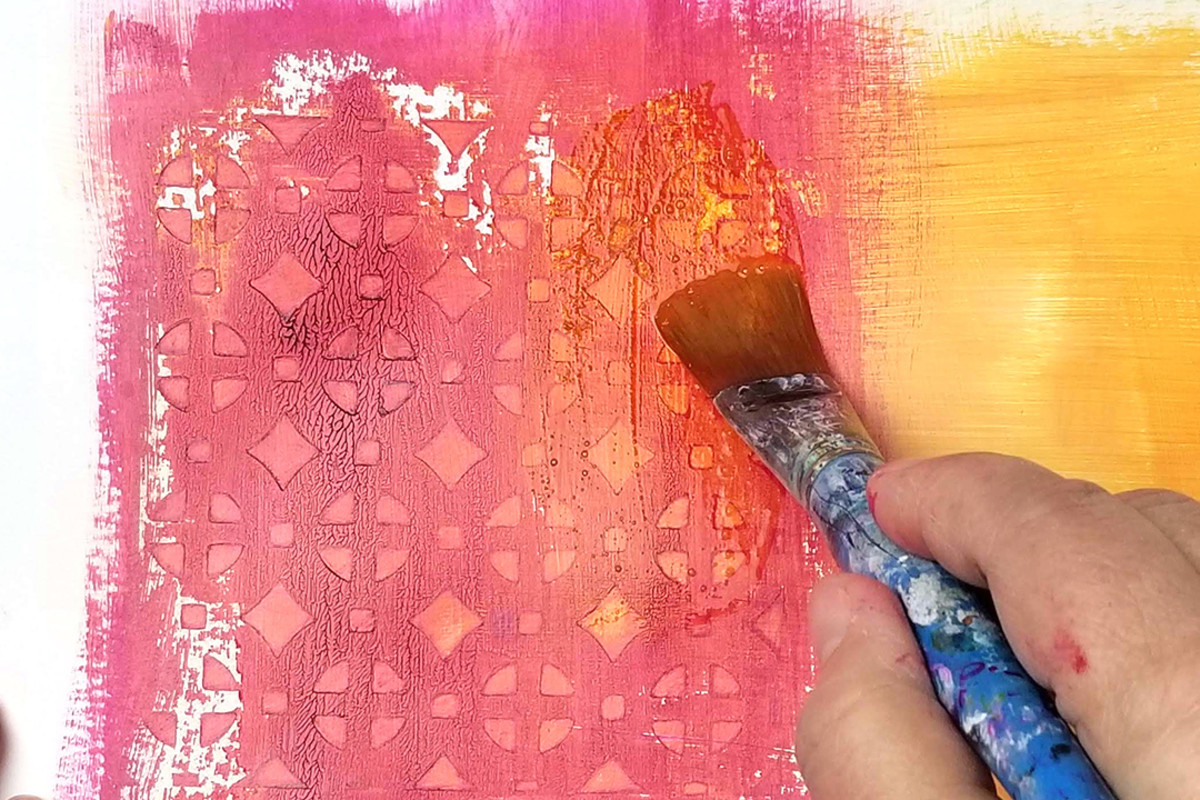The Complete Curl - Guide to Perming Hair
Let's face facts: as women, our hair is our most important feature. It defines us – everything from our personalities to our personal sense of style can be seen in our hair. Because our hair is our top priority, we are constantly searching magazines and television to find the newest trends. And a quick glance at the pages of any magazine tells you one thing: the newest styles are not always new – sometimes they are revamped versions of old favorites. Enter the perm.
Perm: What's In A Name?
Sure, everyone knows about perms – they are those nasty little curly dos that almost everyone who was anyone had in the 1980s and 1990s, right? Well, that's not necessarily the case anymore. With the advent of new perm techniques and rolling methods, perms can fit very well into the 21st century.
But let's back up for a moment: the term "perm" is actually short for "permanent", which is exactly what this hair texturizing process is; in fact, permanents can be so permanent that your hair may never go back to its original state. But more on that later; for now, let discuss the perm process. When you get a perm, you are literally having your hair's structure altered with the use of chemicals.
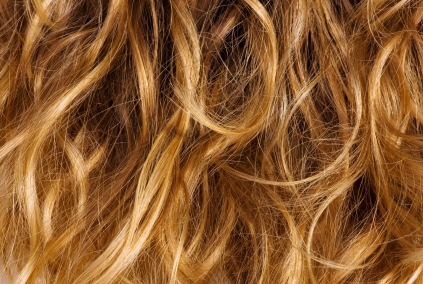
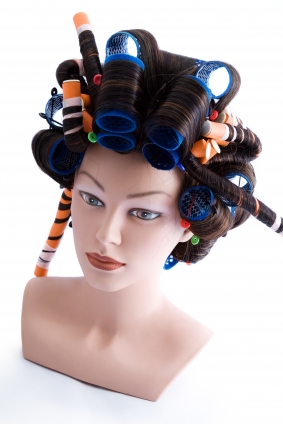
A Chemical Texture: For Better or For Worse
There are three basic parts to a hair: the cortex, the medulla, and the cuticle. The cortex and medulla are made up of protein chains. When you have a perm, you are altering chemical bonds - called disulfide bonds - within the medulla. These bonds are actually destroyed with the application of perm chemicals. The hair is wrapped around a rod to produce a new shape, and the bonds are destroyed with wave lotion; then, after the wave lotion has set and has been rinsed out, the bonds are recreated with the help of a chemical called a neutralizer. And voila! You have curly hair… maybe.
Taking a giant step away from the crimped nightmares of the '80s and the big, bubble curls of the '90s, today's perm is looser, longer and gentler – more of a wave than an actual curl. Along with these changes, the harshest of the perm chemicals have gone the way of the dodo. Herbs and essential oils are now a big part of the perm process, as are a variety of perm rod sizes and rolling techniques, all used to create these new, more graceful perms. However, that is not to say that there are no chemicals in perms nowadays – but the invention of different chemicals has made it so perms take much less time. The chemicals are still on your hair, but the time your hair is exposed to them is significantly reduced.
Today's perm can produce an assortment of different perm styles; you can add a tight curl, a slight bend, a little volume, or just train your hair with a perm. Some women even resort to perms to help loosen naturally curly hair. Perm specialists use newer techniques and also use some very clever equipment to create the kind of curl you want. Everything from typical perm rods of different sizes to curlers, bendable rubber sticks, and pipe cleaners are used for perms in the 21st century.

That Girl with the Natural Curl
Everyone knows her: she's the woman in your office with the flawless hair; the next door neighbor with the bouncy do; the coffee house barista with the killer curls. And you want her hair… badly! But should you really call your stylist and schedule an immediate appointment for a perm?
The answer is a resounding no. Before you get a perm that you are just sure will result in matching your locks to those of your coworker or neighbor, remember this: that curly-haired girl probably gets up at 5:00 am every morning and attacks her unruly curls with a curling iron in order to create the look of "naturally perfect" curls.
So what can we straight-haired ladies do to get that perm look without the chemicals? Start with a great cut. A good haircut will change the way your hair moves and lays, making your hair flow more naturally. Use hot rollers, a curling iron, rag rollers, or even pre-curled extensions and hair pieces to create those long lovely curls. Set it with a professional grade gel, mousse or glaze.
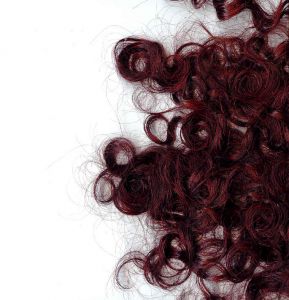
Fabulous or Fried?
Think about your hair. What type of hair do you have? The best hair types to take and hold a perm are course hair, already curly hair, thick hair, and Asian hair. But women with fine, smooth, or stick-straight hair often find their hair will either lose a perm in a few weeks or won't accept a perm at all.
The second part of this equation is your hair's situation. What kinds of chemical treatments have you had recently? If your hair is colored or highlighted (especially henna-colored hair or hair that has been highlighted using sun-activated highlighting sprays), or has been straightened, don't go for a perm – there's a good chance the over-processing will wreak havoc on your stands making them dry and brittle.
If you want both color and a perm, consider semi-permanent hair color. You can get this done at the same time as your perm, and it saves the possible color-fading that perms can cause. If your hair is highlighted, ask your stylist about special perms for highlighted hair.
Your hair's length is another major factor in your choice to get a perm. Think of it this way: perm = haircut. Why? For starters, you want your hair to be as healthy as possible before you add any chemicals – that means getting rid of the dead ends. And consider this: even long hair, when permed, gets shorter – much shorter. Better options may be pin curls or rag rollers; these will give you long waves instead of tight curls.
Also, if your hair is unhealthy, damaged, or generally dry and frail, you may cause more harm than good. One way to test if your hair is damaged is the classic strand test: simply put a snipped strand or two in a glass of water. If it floats, you have healthy hair. If it sinks, rethink your perm. Of course, your other, more reliable option is to consult your stylist – he or she will know how to determine whether or not you are a good perm candidate.
Now think about your personal health. It may surprise you to know that what goes into your body and what goes on inside your body affects your hair. If you are taking medication for high blood pressure, are taking hormones, have recently been under general anesthesia, or are in the first few months of a pregnancy you may want to skip the perm. Your body chemistry may have a negative effect on your perm results. Adolescents and children should also avoid perms: the health of their hair can be perm-resistant.
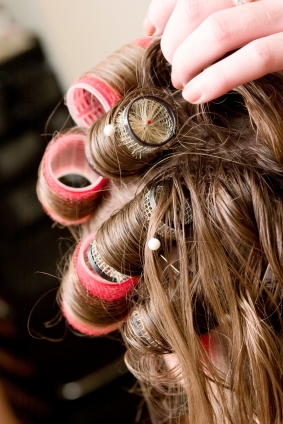
Getting the Curl and Keeping It
Upkeep for a perm starts before you even get it. Prepare your hair with a good, professional grade moisturizing conditioner that you use after each shampoo. Don't use any deep conditioning treatments at least 24 hours before you get the perm.
Choose a stylist who is a perm expert. If your stylist isn't an expert, call around to other salons. This can be tricky, since there aren't many perm specialists. Be sure to take a photo of the type of perm you want. Your stylist won't know unless you show her. And be wary of pushy stylists; if he or she urges you to get a perm when you haven't asked for one, or if he or she suggests getting a "really curly one so it will eventually settle to the curl you want", get out of the chair as fast as possible!
Do not wash your hair for 48 hours after the perm. Your perm will still be setting. When you can wash it, get a good, professional grade shampoo and conditioner specially formulated for permed hair. Your stylist will be able to recommend good ones. If you swim a lot, or if you are often out in the sun, use hair protectants that will shield your hair from over-drying. When you style your hair, use a vented brush and a blow dryer with a diffuser on the lowest heat setting. Only use styling products that are for permed hair – again, listen to your stylist's recommendations.

Bad News Hairs
If you hate your perm as soon as you step out of the salon, wait another 28-30 hours for it to completely set. If you still hate it, have no fear: you have some options.
- Call your stylist: Most stylists will have you return at no charge for some touch up work like spot treatments to tighten curls or deep conditioning to soften them. There are a lot of things your stylist can do to help you; make the call!
- This, too, shall pass: Remember the worst of it will only last between 2 and 6 months, depending on your hair type. However, the perm will basically remain until it grows out or until it is cut out.
- Get out the blow dryer and round brush: By blowing your hair out straight, you may be able to tame a bad perm. Also consider using a straightening product.
- Snip, Snip: Cutting out the perm is always an option, though not a pleasant one if you hate short hair. Still, the prospect of a pixie cut might be more appealing than looking like Bozo the Clown for 6 months.
So that's it, folks. Maybe you are even more convinced than ever that a perm is the right step toward your hair's future. Or, maybe you have completely discarded the idea of a perm. Either way, the decision is yours. But here's a final thought: a good stylist and perm expert is the key to a great outcome. A good stylist will tell you honestly what he or she thinks of your hair's ability to take and hold a perm, and that's what you really need. Happy curling!
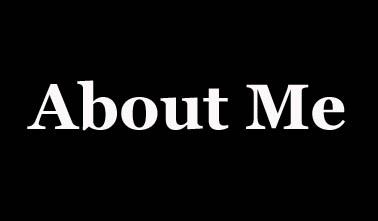
This hub brought to you...
by Julie-Ann Amos, professional writer, and owner of international writing agency www.ExquisiteWriting.com
Why not create your own HubPages? It's fun and you can make revenue from Adsense and other revenue streams on your pages. JOIN HUBPAGES NOW - SIMPLY CLICK HERE...
This work is licensed under the Creative Commons Attribution-Non-Commercial-No Derivative Works 3.0 Unported License. To view a copy of this licence, visit http://creativecommons.org/licenses/by-nc-nd/3.0/ or send a letter to CreativeCommons, 171 Second Street, Suite 300, San Francisco, California94105, USA.


